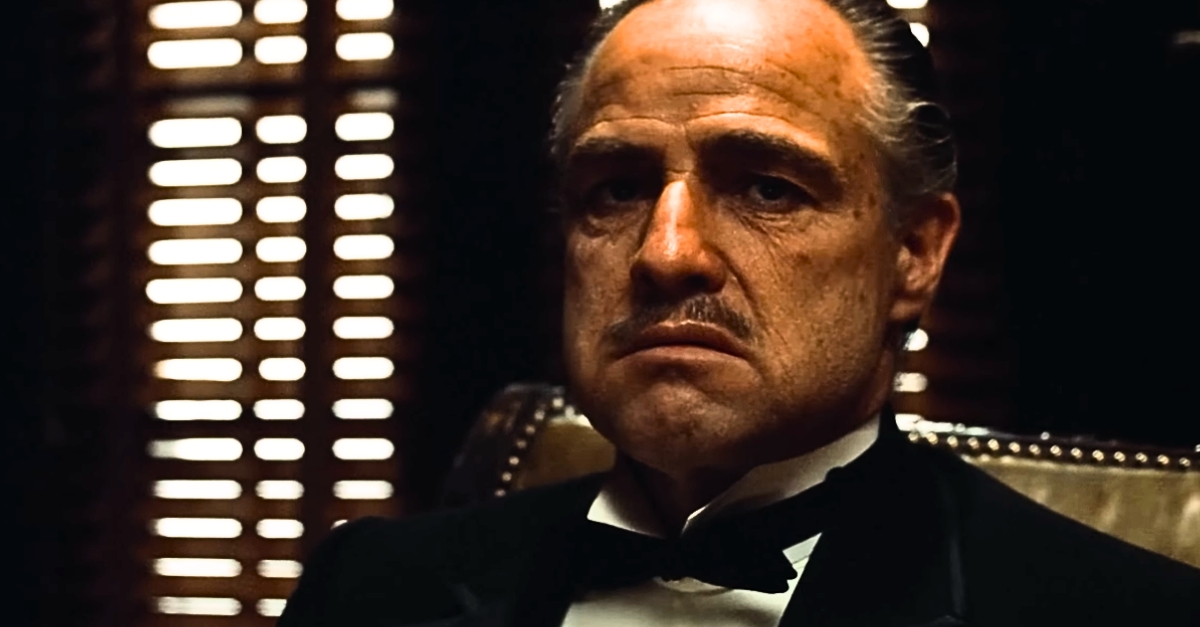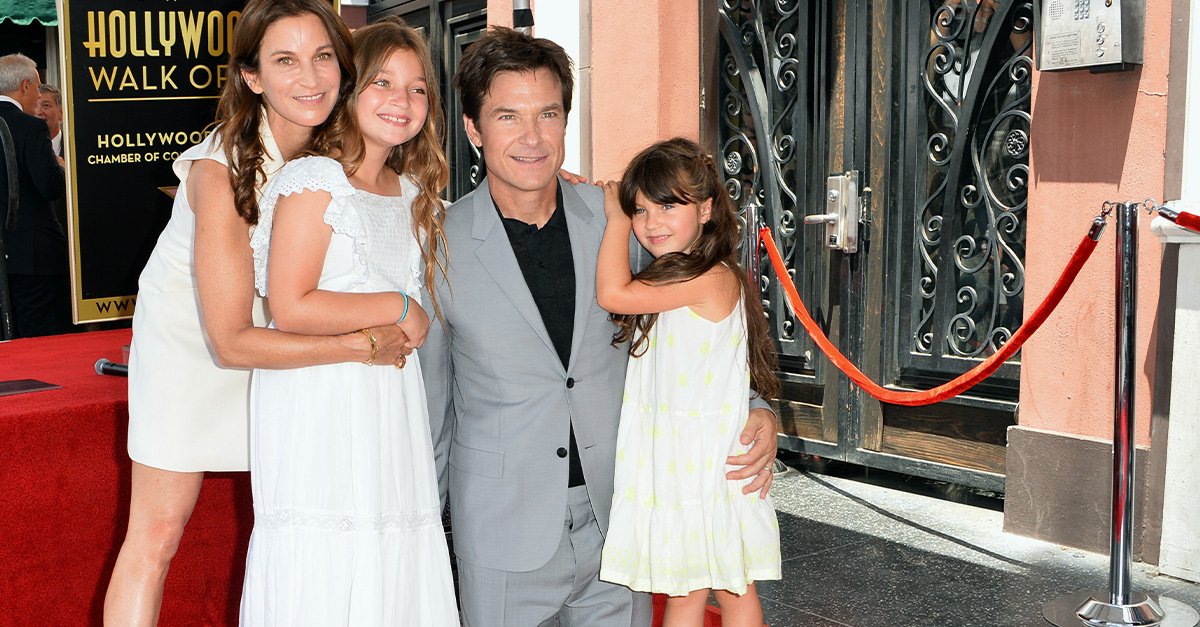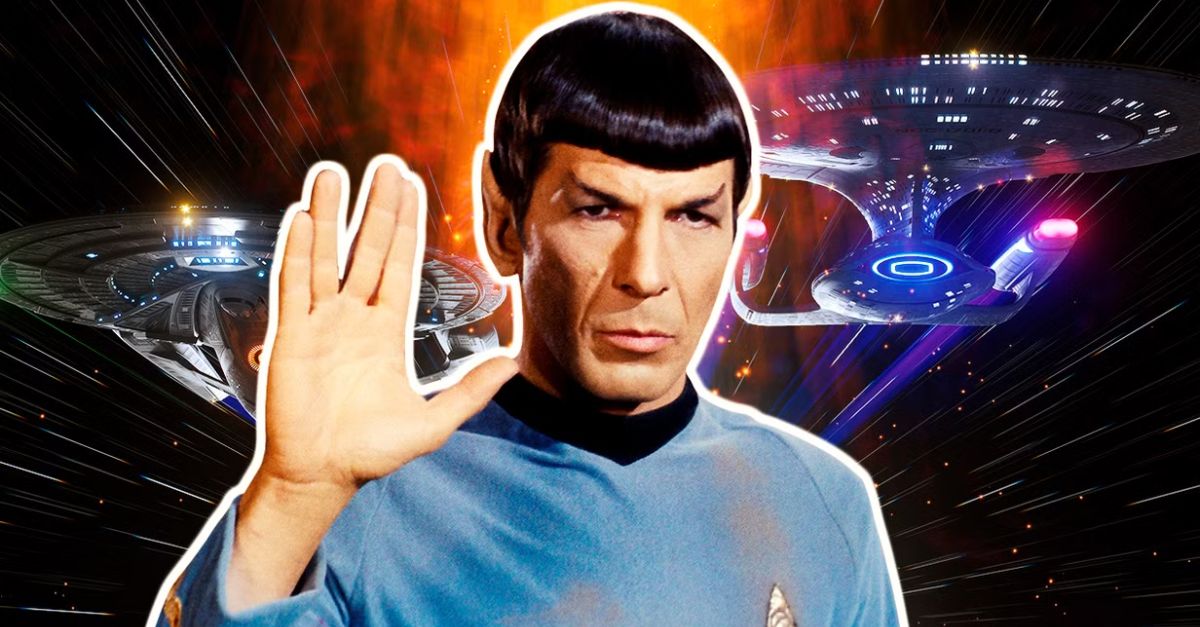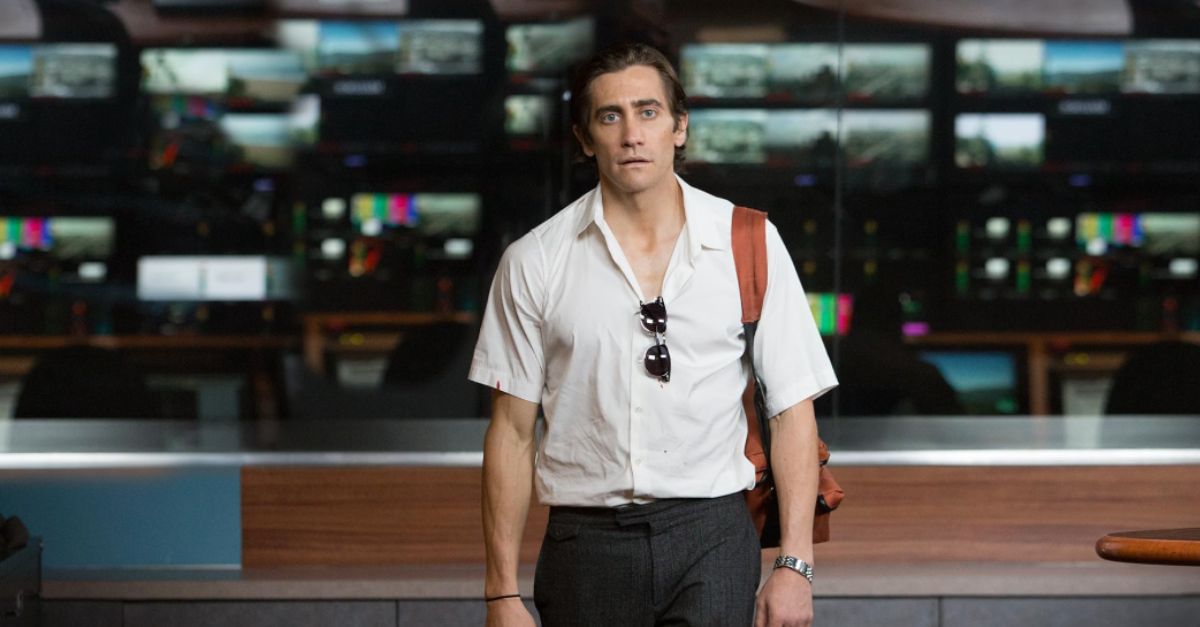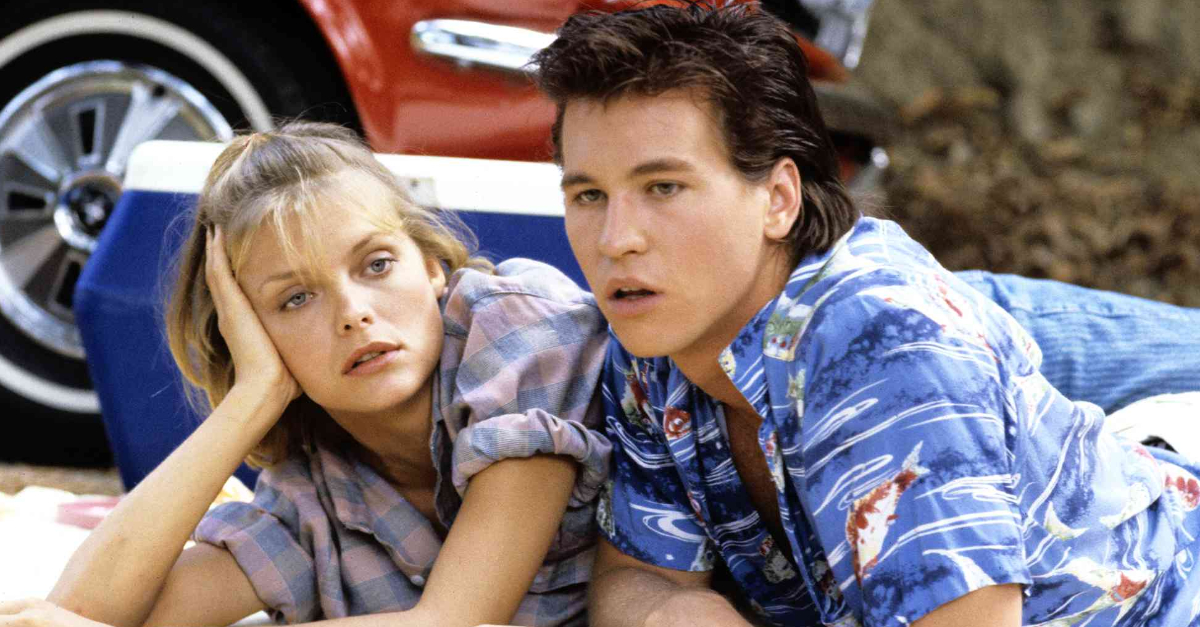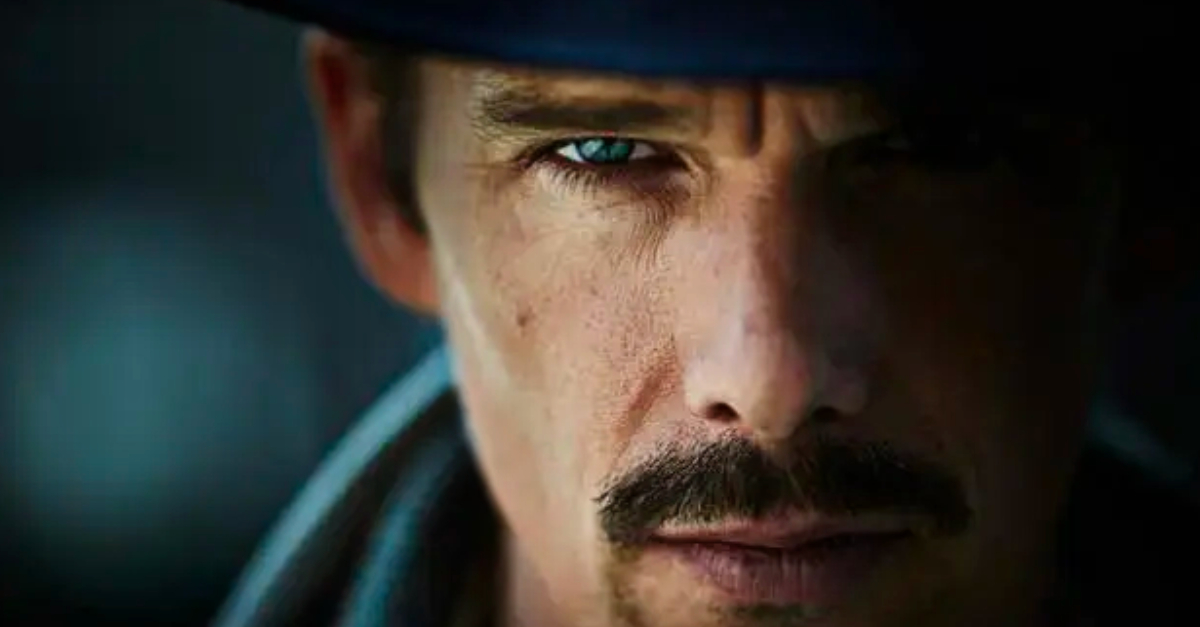These Scenes Still Leave Fans Puzzled Today
Rewatching The Godfather trilogy often deepens appreciation—but it also raises a few eyebrows. Between puzzling character decisions and vanishing subplots, some scenes leave fans wondering what really happened behind the camera.

Don Vito Survives Five Close-Range Shots
Sollozzo hires expert hitmen, yet Vito Corleone improbably survives five close-range bullets in broad daylight. The film shows no reason for his survival with no body armor or quick medical help. In Mario Puzo’s novel, Vito’s movement confuses the shooters, but on-screen, his recovery stretches cinematic logic beyond belief.
 Paramount Pictures, The Godfather (1972)
Paramount Pictures, The Godfather (1972)
Kay Accepts Michael’s Proposal Without Question
After years apart and plenty of secrets, Kay instantly agrees to marry Michael the moment he reappears. No long talks, no hesitation—just a yes. Considering he vanished after killing two men and running off to Sicily, her quick forgiveness feels less romantic and more like Hollywood fast-forwarding emotional logic.
 Paramount Pictures, The Godfather (1972)
Paramount Pictures, The Godfather (1972)
No FBI Interest
Explosions and a global Vatican scandal—yet somehow, the FBI seems off duty in Part III. For a movie grounded in realism, the total absence of law enforcement feels almost comedic. It’s as if the Bureau collectively decided the Corleones were too complicated to bother investigating anymore.
 Paramount Pictures, The Godfather Part III (1990)
Paramount Pictures, The Godfather Part III (1990)
Tom Hagen’s Kidnapping Resolves Too Easily
Sollozzo abducts Tom Hagen during the height of war between families, then casually releases him unharmed. For a ruthless drug dealer, freeing a key adviser makes little strategic sense. The quick resolution feels like narrative convenience, sidestepping tension in a film otherwise defined by meticulous power struggles and consequences.
 Paramount Pictures, The Godfather Part II (1974)
Paramount Pictures, The Godfather Part II (1974)
Danny Aiello’s Ad-Lib Creates Plot Confusion
Actor Danny Aiello improvised the line “Michael Corleone says hello” during a hit scene in Part II. The problem? Michael had no involvement in that action. The spontaneous addition disrupts the movie’s logic and implies orders that never existed. Moreover, it misdirects audiences about who orchestrated the violent revenge.
 Paramount Pictures, The Godfather Part II (1974)
Paramount Pictures, The Godfather Part II (1974)
Joey Zasa’s Public Assassination Has No Fallout
A mob boss gets gunned down during a massive street parade, and the world just shrugs. No headlines, no police hunt, no panic. The chaos vanishes as fast as Joey Zasa himself. This event feels like it happens in an alternate, crime-free universe.
 Paramount Pictures, The Godfather Part III (1990)
Paramount Pictures, The Godfather Part III (1990)
The Vatican Deal Happens Overnight
Real-world business with the Vatican takes years, but in Part III, Michael’s multimillion-dollar property deal is sealed faster than a handshake. The sequence skips all the bureaucracy and diplomacy such a transaction would involve to keep the story moving like a thriller.
 Paramount Pictures, The Godfather Part III (1990)
Paramount Pictures, The Godfather Part III (1990)
Vincent Mancini’s Instant Rise To Power
One moment, Vincent is brawling in the streets; the next, he’s running the Corleone empire. His promotion comes with no real explanation or experience. Andy Garcia’s charisma sells it; however, the jump from hot-headed nephew to Don feels like the trilogy’s biggest leap of faith.
 Paramount Pictures, The Godfather Part III (1990)
Paramount Pictures, The Godfather Part III (1990)
Vito’s Birth Year Conflicts With Historical Dates
The flashbacks in Part II suggest Vito Andolini was born around 1891, yet his age and the events surrounding his immigration don’t line up with early 20th-century timelines. His supposed age during the 1917 flashbacks would make him far older than portrayed, subtly distorting the trilogy’s historical and generational accuracy.
 Paramount Pictures, The Godfather Part II (1974)
Paramount Pictures, The Godfather Part II (1974)
The Reappearing Cognac Bottle
During a tense meeting in Part II, a bottle of Courvoisier inexplicably refills and repositions itself between camera cuts. While minor, this continuity error disrupts the film’s realism. Francis Ford Coppola’s obsessive visual precision makes the slip more noticeable, momentarily breaking the audience’s immersion in an otherwise flawlessly staged conversation.
 Paramount Pictures, The Godfather Part II (1974)
Paramount Pictures, The Godfather Part II (1974)
The 50-Star Flag Before Hawaii And Alaska Existed
In Part I, a 50-star American flag waves in the background, years before Hawaii and Alaska achieved statehood in 1959. The oversight dates to a supposedly 1940s setting, undermining the film’s acclaimed period authenticity. For a production so detailed in costume and design, this anachronism stands out as surprisingly careless.
 Paramount Pictures, The Godfather (1972)
Paramount Pictures, The Godfather (1972)
Fire Department Plaque With Future Commissioner’s Name
Sharp-eyed viewers notice a fire department plaque listing a commissioner who didn’t hold office until decades later. It’s a small but telling historical error that breaks the illusion of time. For a film praised for recreating postwar New York, such a slip challenges its reputation for total visual precision.
 Paramount Pictures, The Godfather (1972)
Paramount Pictures, The Godfather (1972)
Tom Hagen’s Death Is Brushed Aside
For two films, Tom Hagen is Michael’s steady moral compass and legal genius. Then Part III arrives, and he’s just…gone. One line mentions his end, and that’s it. No funeral, no flashback, no closure. It’s a jarring absence that leaves one of the saga’s best characters without a farewell.
 Paramount Pictures, The Godfather (1972)
Paramount Pictures, The Godfather (1972)
Mary And Anthony’s Sudden Character Shifts
By Part III, Michael’s kids seem like totally different people. Anthony turns from obedient son to aspiring opera singer, while Mary morphs into a naive romantic. The transitions happen off-screen, giving viewers emotional whiplash. It’s as if the Corleone children changed personalities between sequels without anyone noticing.
 Paramount Pictures, The Godfather Part III (1990)
Paramount Pictures, The Godfather Part III (1990)
Timeline Conflicts Between Murders And Dialogue
Michael claims he ordered key hits in 1950, but Part I clearly places them around 1955. That five-year gap isn’t small, as it alters the entire sequence of power shifts. The trilogy’s tight storytelling starts to wobble here and makes fans reach for calendars instead of cannoli.
 Paramount Pictures, The Godfather Part III (1990)
Paramount Pictures, The Godfather Part III (1990)
A “Dead” Woman Is Clearly Breathing
In Part II, a woman supposedly killed to frame Pentangeli can be seen inhaling on camera. It’s a blink-and-you’ll-miss-it blooper, but once spotted, it’s impossible to unsee. The dramatic tension evaporates the moment you notice the “corpse” taking a perfectly healthy breath mid-scene.
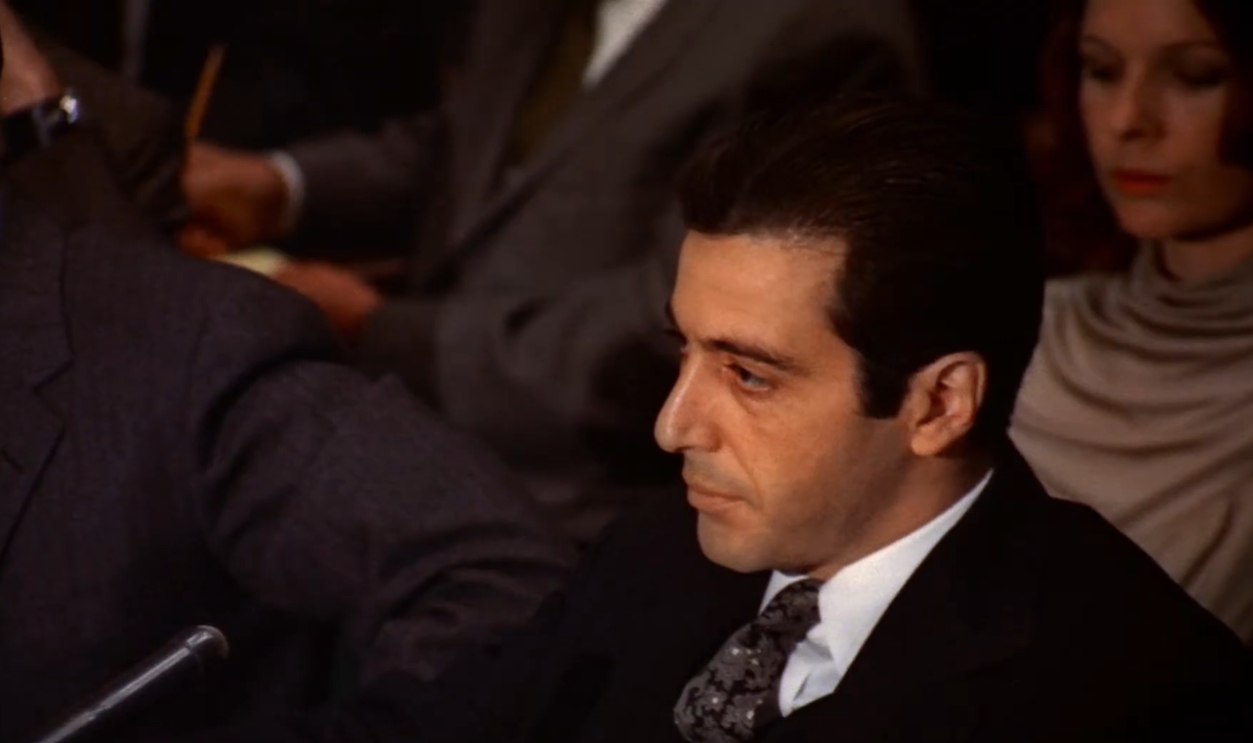 Paramount Pictures, The Godfather Part II (1974)
Paramount Pictures, The Godfather Part II (1974)
Tom’s Visit To Pentangeli In Prison Makes No Sense
When Tom Hagen visits Frank Pentangeli, he’s allowed private time with a federal witness in a massive breach of security. The meeting adds atmosphere but zero realism. In real life, the FBI wouldn’t hand a Mafia consigliere an unchaperoned chat with a key witness.
 Paramount Pictures, The Godfather Part II (1974)
Paramount Pictures, The Godfather Part II (1974)
Lucy Mancini And Her Child Disappear Completely
Sonny’s mistress, Lucy Mancini, plays a key role in The Godfather novel, raising their illegitimate son, who becomes important in later lore. The films erase her storyline entirely, leaving a dangling thread. Her absence robs the saga of emotional depth and weakens the generational themes central to its legacy.
 Paramount Pictures, The Godfather (1972)
Paramount Pictures, The Godfather (1972)
Rocco Lampone’s Near-Suicidal Mission
Michael sends loyal Rocco to get rid of Hyman Roth at a heavily guarded airport. Unsurprisingly, Rocco dies instantly after the hit. The mission feels like a suicide order disguised as a strategy. For someone as calculating as Michael, it’s an oddly reckless and unnecessary move.
 Paramount Pictures, The Godfather Part II (1974)
Paramount Pictures, The Godfather Part II (1974)
Fredo’s Role In The Assassination Remains Vague
Fredo’s betrayal of Michael is one of cinema’s most haunting twists, yet the details never add up. Did he set up the hit directly, or was he simply careless? The movie leaves it murky, creating a betrayal that feels emotionally powerful but frustratingly unclear in execution.
 Paramount Pictures, The Godfather Part II (1974)
Paramount Pictures, The Godfather Part II (1974)
The Bullet Hole That Magically Vanishes
When young Vito shoots Don Fanucci in Part II, the bullet goes through his vest, but later, his shirt shows no hole. It’s a tiny but glaring continuity slip in one of the film’s most iconic scenes. The immaculate wardrobe apparently heals faster than its owner ever could.
 Paramount Pictures, The Godfather Part II (1974)
Paramount Pictures, The Godfather Part II (1974)
Inconsistent Exterior In The Five Families Meeting Scene
The Five Families summit is a landmark moment in mob cinema, but eagle-eyed fans spotted an exterior building inconsistent with 1940s architecture. Flags and facades show postwar details. For a film so meticulous about set design, it’s one of the few cracks in its legendary realism.
 Paramount Pictures, The Godfather (1972)
Paramount Pictures, The Godfather (1972)
Luca Brasi’s Implausible Spy Assignment
Luca Brasi’s nervous stammer and blunt demeanor make him loyal but far from subtle. Yet the Corleones inexplicably send him undercover to spy on rival families. It’s like assigning a bulldozer to a stealth mission—brave, sure, but not exactly built for delicate infiltration.
 Paramount Pictures, The Godfather Part II (1974)
Paramount Pictures, The Godfather Part II (1974)
Michael’s Facial Bruising Disappears Overnight
After killing Sollozzo and McCluskey, Michael’s face is left swollen and bruised, a visible mark of his violent act. Yet once he arrives in Sicily, his skin is flawless, as if nothing happened. The missing injury feels like movie magic working overtime to keep Al Pacino camera-ready for romance.
 Paramount Pictures, The Godfather (1972)
Paramount Pictures, The Godfather (1972)
Opera Scene Timing Defies Reality
The climactic opera in Part III unfolds alongside several assassinations across the city, all perfectly synchronized. The coordination would require military precision and an opera lasting half a day. The tension works cinematically, but time itself bends to make Michael’s final orchestration dramatically convenient.
 Paramount Pictures, The Godfather Part III (1990)
Paramount Pictures, The Godfather Part III (1990)

